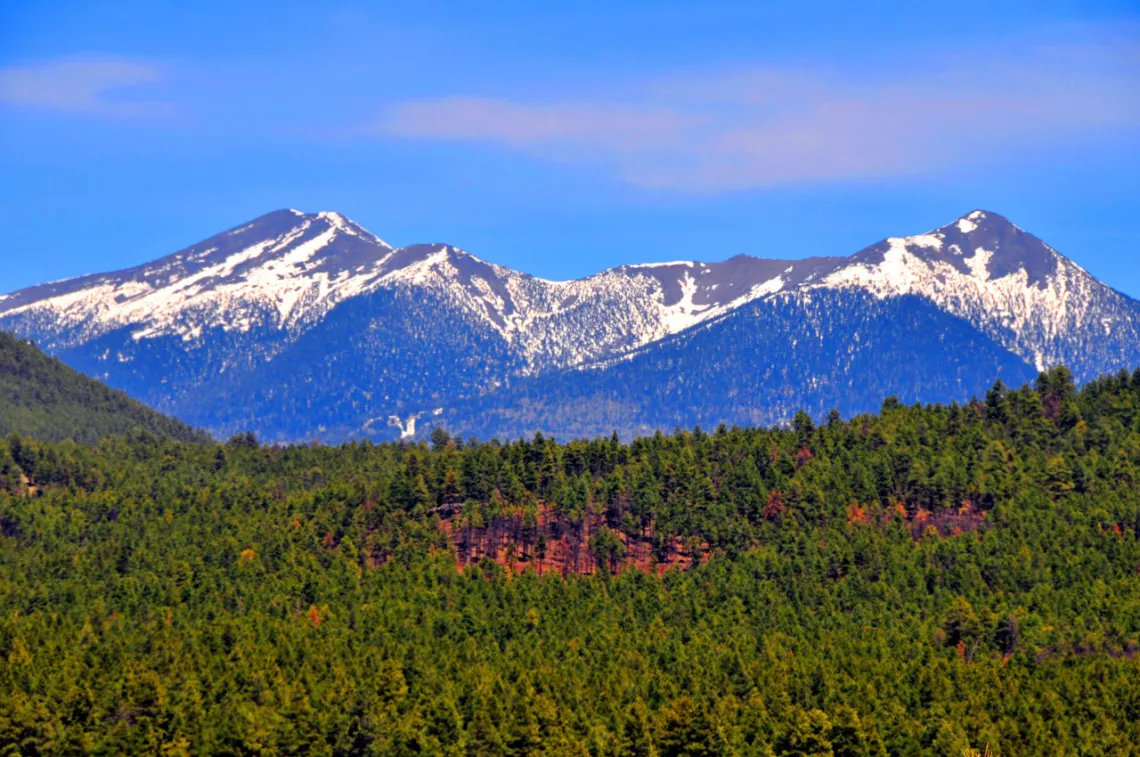New Briefs Characterize Healthy Forests and Highlight Stressors to Forest Health

Bill Kuffrey
California's forests play a critical role in providing ecosystem services such as fresh air, clean water, timber, and spaces for cultural and recreational opportunities. From the open, grassy hillsides of blue oak woodlands, to the park-like settings of ponderosa forests, to the damp and foggy groves of towering coastal redwoods, each forest type is unique and has its own climate stressors and management needs.
The Science Advisory Panel of the California Governor’s Forest Management Task Force, in collaboration with the USDA California Climate Hub and the SW CASC, developed a series of briefs on healthy forests. These briefs, covering blue oak woodlands, ponderosa pine forests, and coastal redwood forests, are intended to communicate each ecosystems' general physical appearance and summarize critical processes that serve a myriad of ecological functions that contribute to keeping these forests and woodlands intact. Read the briefs here.
Also check out the California Forest Adaptation Strategies menu from the USDA California Climate Hub, which outlines tangible, but flexible, options for land managers who want to integrate climate change considerations into their management.

